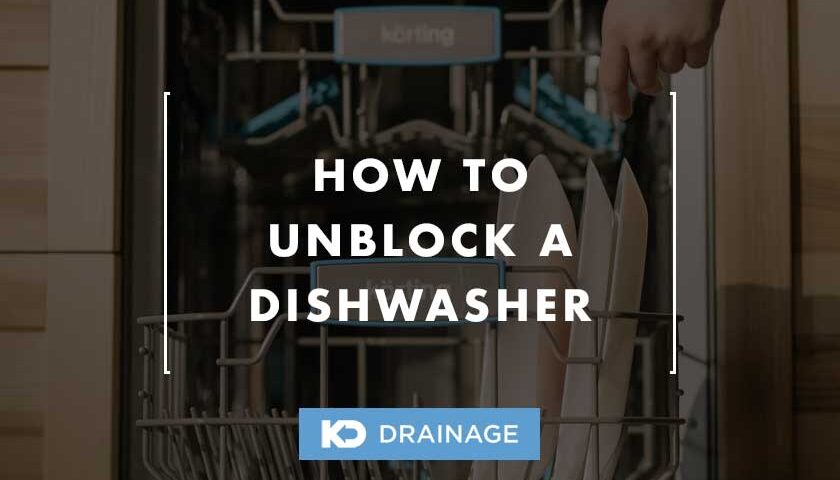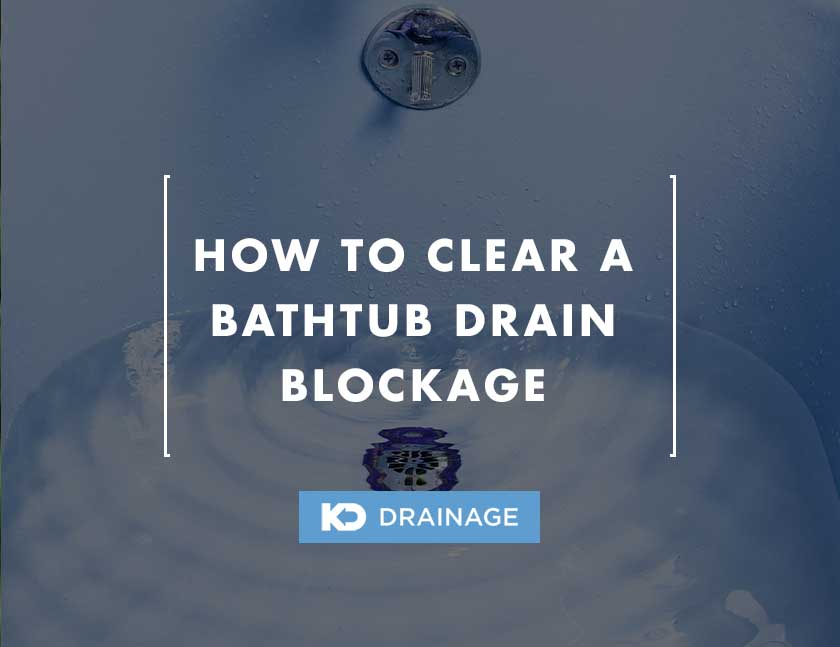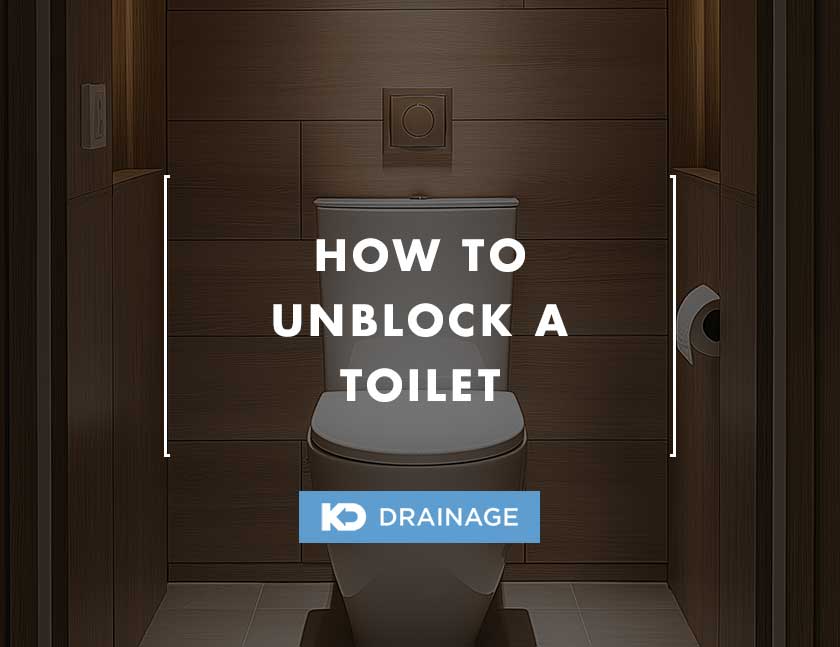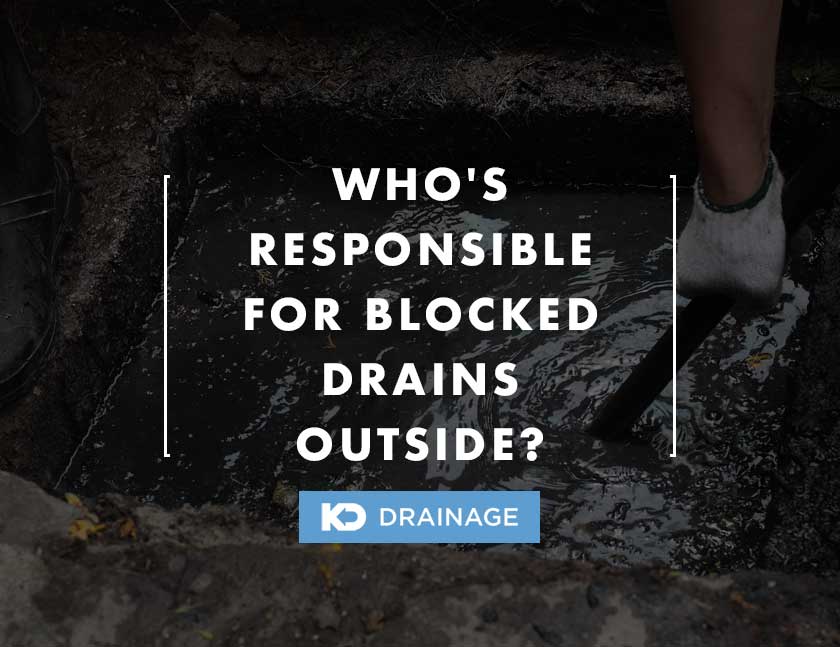
Who’s Responsible for Blocked Drains Outside?
1 January 2023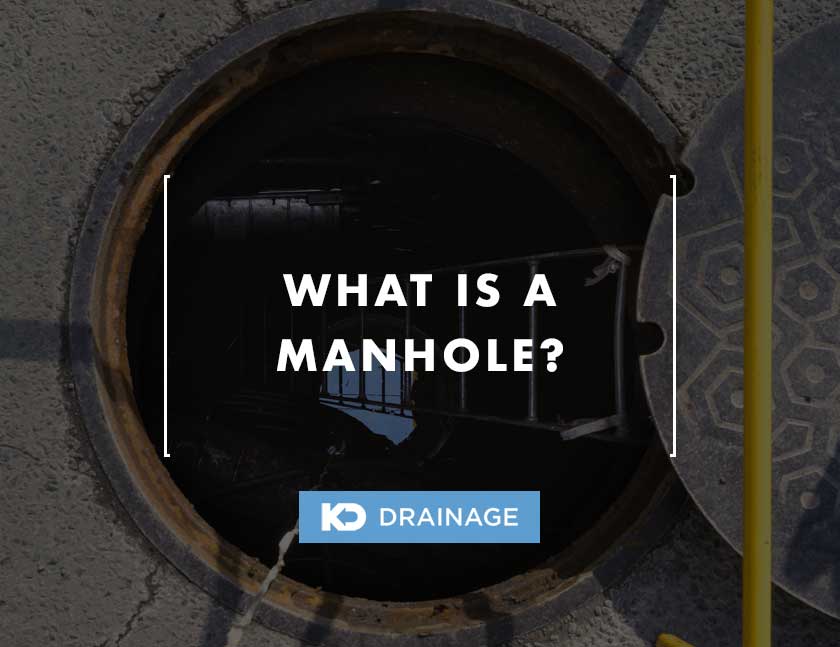
What is a Manhole?
1 March 2023How to Unblock a Dishwasher
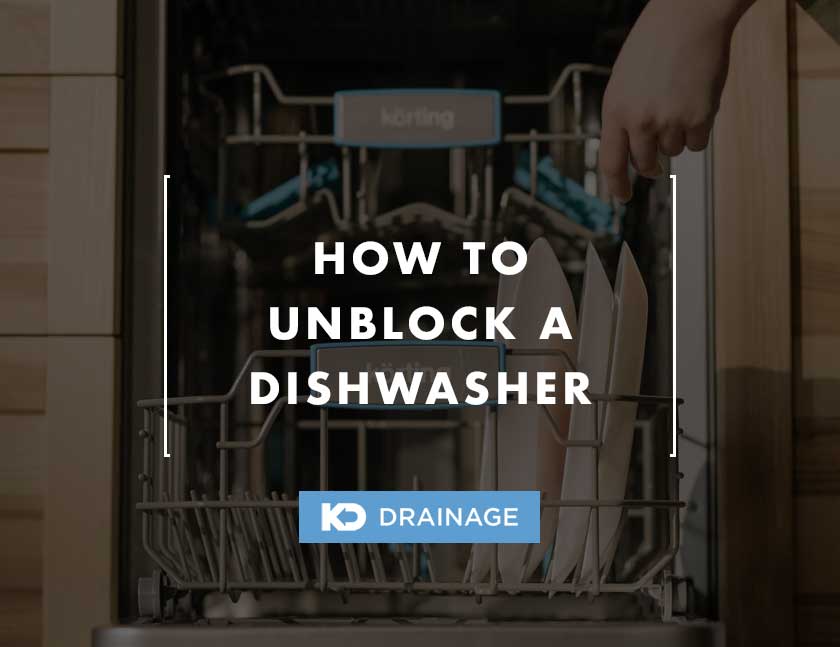
If your dishwasher hasn’t been draining normally of late, it could be blocked.
You may have noticed standing water in the base, possibly a foul smell and that your plates and dishes aren’t coming out as clean as they used to.
These could be signs that you need to unblock your dishwasher.
Here’s all you need to know when it comes to solving this common dishwasher problem.
Table of Contents
Signs Your Dishwasher is Blocked
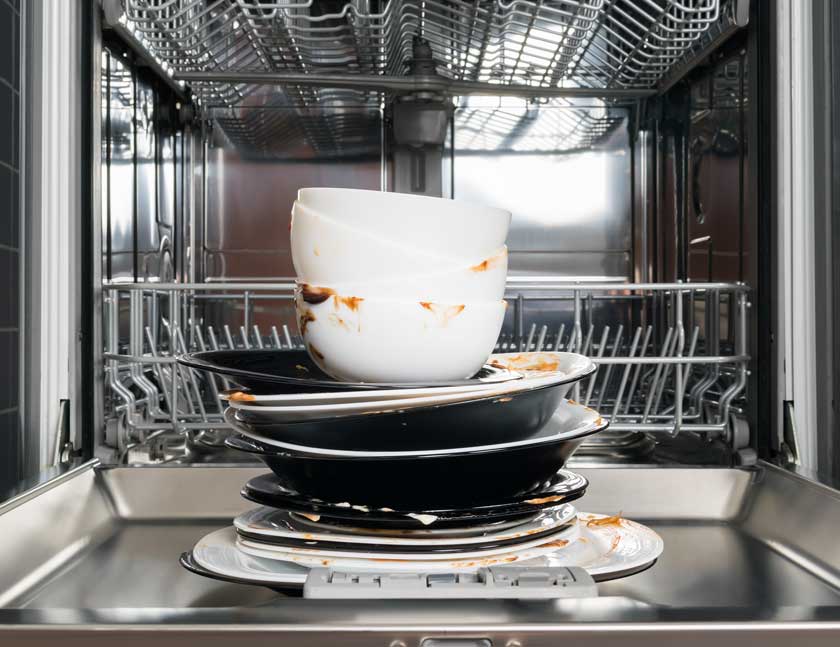
Image credit: Shutterstock
There are various indications that your dishwasher could have become blocked.
These signs include:
- Standing water at the bottom of the dishwasher.
- Plates, dishes, glasses and cutlery are not washed very well.
- Draining takes longer than usual or is not draining at all.
- You hear clanking noises during the cycle.
Causes of a Blocked Dishwasher
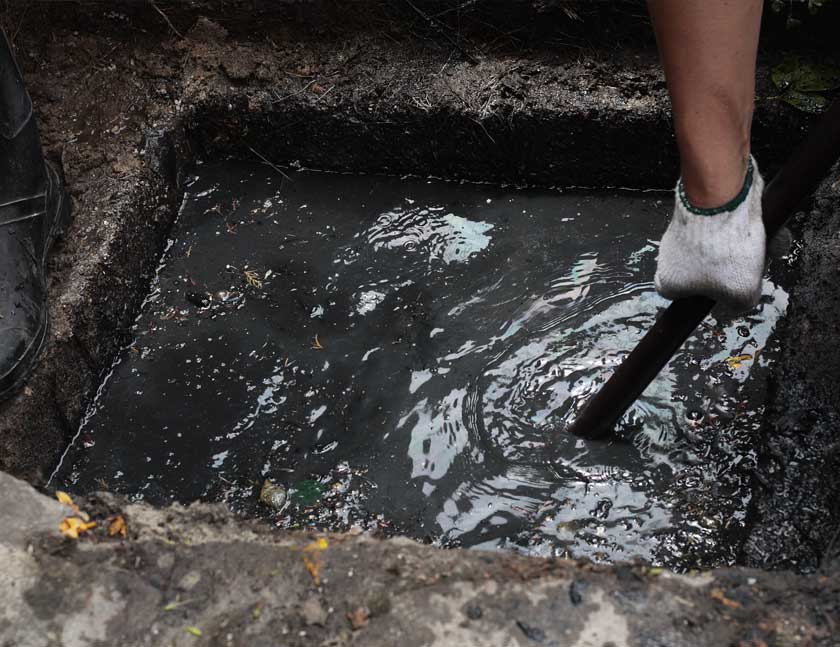
Image credit: Shutterstock
There are three main areas where a blockage could have formed.
Blocked Filter
Always try checking the filter first.
The dishwasher’s filter is one of the most common reasons behind a blockage.
This is because it’s where food waste may have been caught and collected.
After all, this is precisely the filter’s job.
Their job is to catch such food residues before they reach the dishwasher’s pump and cause more severe problems.
So it’s important to check the filter on a regular basis as well as clean it every now and then.
This can help prevent blockages from occurring.
If you can see that the blockage problem is probably the result of a blocked filter, here is how you can fix this.
The filter is easy to pull out.
You may simply need to pull it out of its place, which is generally at the bottom of the dishwasher, or in some models, you may need to unscrew it.
Give the filter a thorough rinse under hot water.
Then, using an old toothbrush, start scrubbing the mesh screen of the filter and its frame to remove the grease and other food particles that will have built up, especially in the crevices.
Once done, place it back in its place.
Try to do this simple cleaning procedure once every fortnight at least.
Blocked Spray Arms
The spray arms are located on the motor spin.
Their job is to spray hot water onto the dishes.
These spray arms may have got clogged due to grime and other residue.
As a result, the water jets will get blocked, and thus a much smaller amount of water will reach your dishes.
If this happens, you may notice that plates, dishes and cutlery are not coming out particularly clean.
In order to unblock the spray arms. you’ll need to remove the trays to reach the centre bolt that holds them in place.
An adjustable spanner will be required.
Prior to starting this task, make sure that the dishwasher has been switched off and unplugged from the mains.
Then, take the arms off, and hold them under warm running water to rinse away the dirt and debris.
If the debris is still stuck, you will need to scrub it off with an old toothbrush.
A toothpick will also come in handy to poke spray holes.
Once done, rinse them and reattach in place.
Tighten up the centre bolt, and your dishwasher can be powered up once again.
It’s best to avoid using any strong chemical cleaners on sprayer arms.
In case the dirt is very difficult to remove, try soaking the arms for half an hour in a basin full of hot water and use a grease-cutting dishwashing detergent.
Blocked Drain
Another cause could be a blocked drain.
If this is the case, scummy water will end up accumulating at the bottom of the dishwasher.
Food residue and bacteria will also end up there causing a foul smell.
To solve this problem, first shut off the water supply to the dishwasher and unplug it.
Check the drain hose situated at the back to see if it is kinked or squashed.
In some cases, this could be the reason why the wastewater is not draining fully.
Also, make sure that there’s sufficient room for the hose to drain properly.
If the dishwasher has a front kick plate, remove it and slide the shallow pan underneath to catch drips or leaks.
Then, locate the drain hose and remove it.
This is generally a transparent or white hose which runs from the sink drain to the drain pump of your dishwasher.
In some cases there will be a clamp or a connector that will need to be removed.
Once the hose has been removed, run water through it at high pressure to remove blockages and clogs within it.
If this doesn’t solve it, there could be a more serious blockage in the exterior drains of the property.
In such cases, you’ll need to contact a professional drainage company to potentially inspect the drains using CCTV equipment and have your drains jetted to clear the blockage.
Tools & Materials
Here are the tools and materials you will need to prepare to fix a blocked dishwasher:
- A shallow pan to catch the drips.
- Dishwashing detergent.
- Old toothbrush.
- Philips screwdriver.
- An adjustable spanner.
- Toothpicks.
- Dishcloths.
- Water spray.
Before doing anything, make sure to switch off and unplug the dishwasher.
How to Unblock a Dishwasher That’s Not Draining
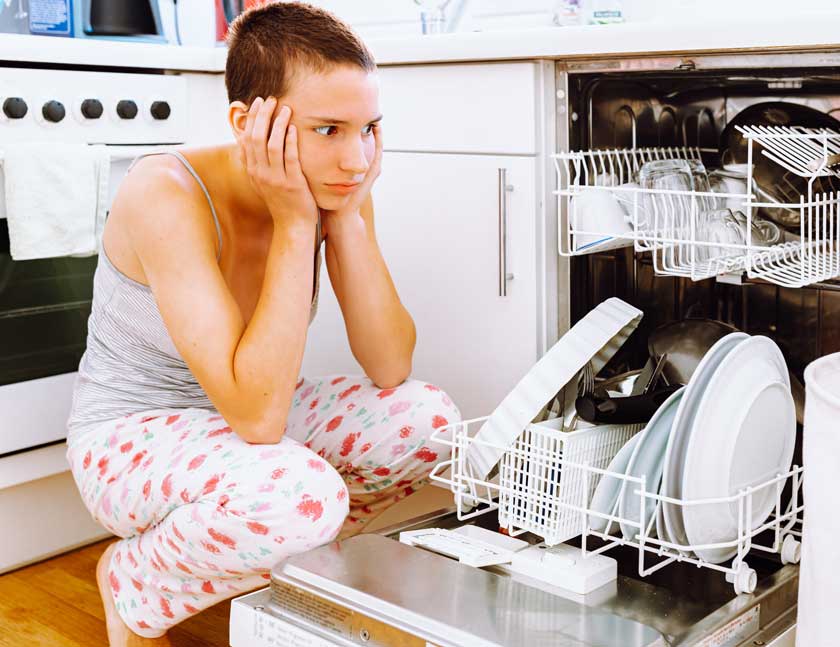
Image credit: Shutterstock
When a dishwasher is not draining, there will almost always be a problem with the draining system or the plumbing.
In most cases, you’ll start to notice bad smells, which are caused by a buildup of bacteria due to the food residues being left in stagnant water.
The water will also start to accumulate at the bottom of the dishwasher.
As noted above, the reason behind this is often because the filter or the drain of the dishwasher is blocked.
Hence, it’s important to check both of them to clean them well.
It’s also important to check that the wastewater pipe is in good condition.
If there’s any kinks or dents, or if it’s crushed at any point, the flow will be restricted, so draining will not occur correctly.
How to Prevent Dishwasher Blockages
As the saying goes, prevention is better than cure.
Hence, it’s a good idea to try to prevent the blockages from occurring, rather than having to deal with them repeatedly.
Here’s some tips you could bear in mind to prevent dishwasher blockages:
- Always rinse the dirty dishes before putting them in the dishwasher. Food particles that are removed before will not cause clogs.
- A monthly service wash should be carried out. Your dishwasher should run a full cycle. Pour in some white vinegar and baking soda so that they’ll clean it up well by reducing any buildup.
- Try to check the filter, drain and spray arms of your dishwasher every now and then, and check if they need to be cleaned before blockages result.
Conclusion
A dishwasher could get blocked in various ways as discussed above.
It’s important to prevent blockages from occurring, and to regularly check your dishwasher.
Also be aware of any signs of blockages to act before damages occur.
Clearing a dishwasher blockage is not that hard as long as you can see in which area the blockage is located.
However, if none of the above methods work, and the dishwasher is still not draining properly, it is important to call a professional to check it out.
You could easily have a more serious drain blockage outside which will require the help of a professional drainage company.

